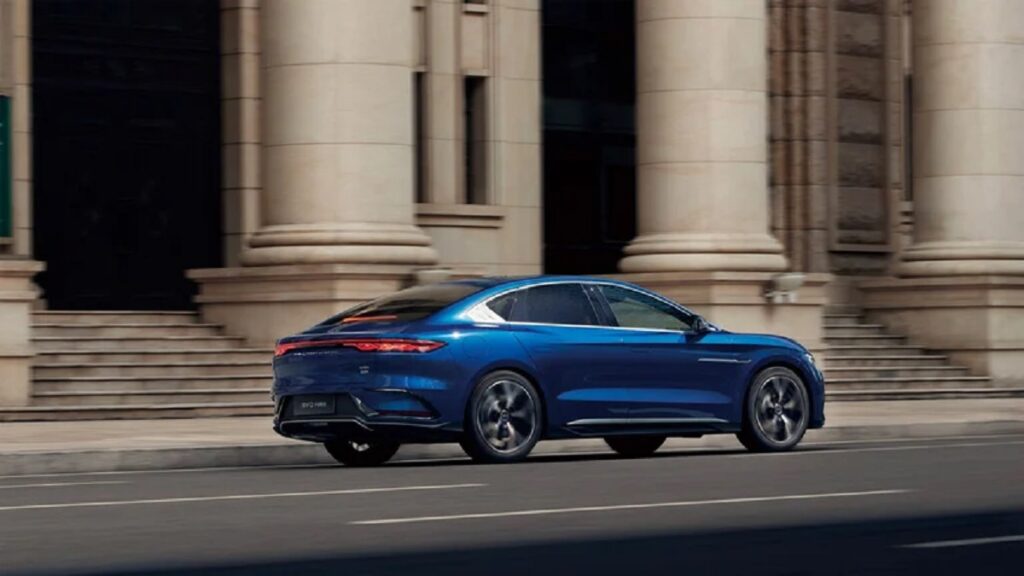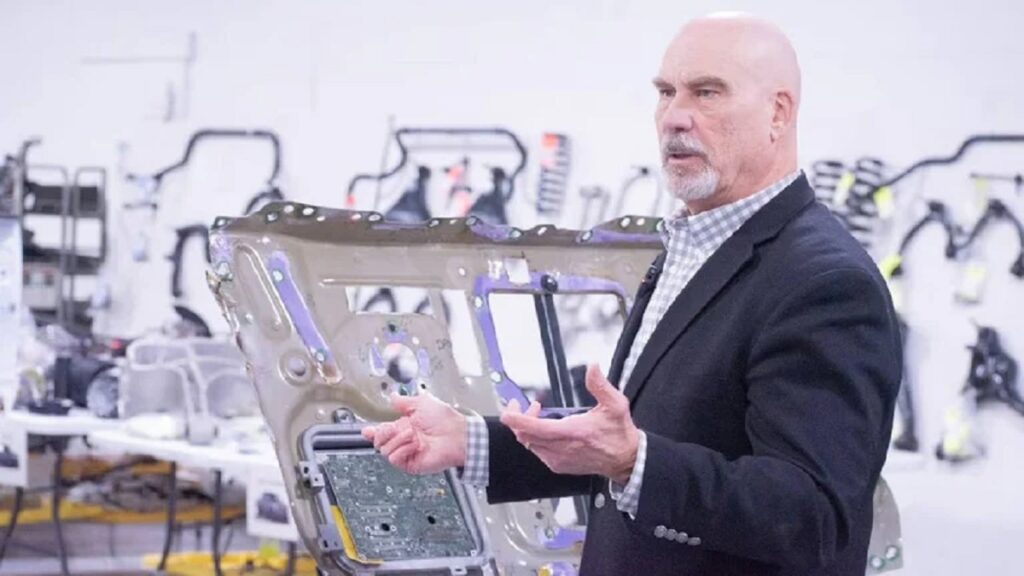As China continues to expand its dominance in the global automotive market, American giants from Detroit are struggling to keep up. In 2024, Chinese car exports surged, showcasing an efficient and adaptable industrial model led by companies like BYD and Geely. This success story is in stark contrast to the more traditional, slower-moving American industry, which still grapples with outdated processes.
The Struggling American Industry
The numbers speak for themselves: in 2024, China exported 6.4 million vehicles worldwide, an impressive 23% increase over the previous year. Meanwhile, Detroit’s big names—General Motors, Ford, and Stellantis—are struggling to match that pace. Chinese automakers, including BYD, Chery, and Geely, are steadily gaining market share in key regions like Africa, South America, and Southeast Asia. Even in North America, the push is on: MG, once a British brand, now under Chinese ownership, has already surpassed Ford, Hyundai, and Honda in Mexico.

So, what’s driving this massive shift? First, the Chinese automotive industry thrives on collaboration. While Western automakers guard their proprietary processes jealously, the Chinese government enforces common standards for parts and components. This results in lower production costs, faster manufacturing, and an unmatched ability to adapt.
A Lesson in Pragmatism
At Caresoft Global Technologies, a company that specializes in disassembling and analyzing automotive costs, the differences between Chinese and American cars are clear. Where a Detroit automaker might use rare-earth magnets costing a dollar each to secure a roof trim, their Chinese counterpart simply uses adhesive strips costing a penny. The dashboard supports? For Americans, they’re made of solid aluminum, but the Chinese version uses plastic or lighter metal, reducing costs without sacrificing function. It’s cheaper and more efficient.
And it’s not just about the design choices. Jim Farley, CEO of Ford, admits that the most striking difference with Chinese automakers is their speed. “What always surprises me, especially over the last three or four years, is their speed,” Farley says. “Everyone talks about their quality and low cost, but what they should talk about is their speed.” Where a European automaker might take nine months to place an order, a Chinese company wraps it up in just one month. Need an urgent meeting with a supplier? An American might wait two months, while a Chinese counterpart gets the job done in just a week.

This rapid pace is a real threat to companies that are still entrenched in traditional processes. As Terry Woychowski, former GM executive and president of Caresoft, puts it, “What we’re seeing from the Chinese is an existential threat. I think it’s threatening the survival of some of these companies. I don’t know what will happen in five years, but I can extrapolate what I see. Things are going to change.”
A Global Shift in the Automotive Industry
In this race for responsiveness and adaptability, it’s clear that American (and other Western) companies are lagging behind. But there is hope. The solutions exist: more collaboration on common parts, ditching outdated processes, and, most importantly, learning from those who are outpacing them. The big question is whether traditional automakers are willing to embrace change before they’re completely overtaken by the Chinese wave.
What’s clear from the teardown of Chinese electric cars is just how affordable and efficient they can be. The designs may be simpler, but they’re far from inferior. And if Western companies don’t adapt soon, they may find themselves at a severe disadvantage in the race for global automotive supremacy.






